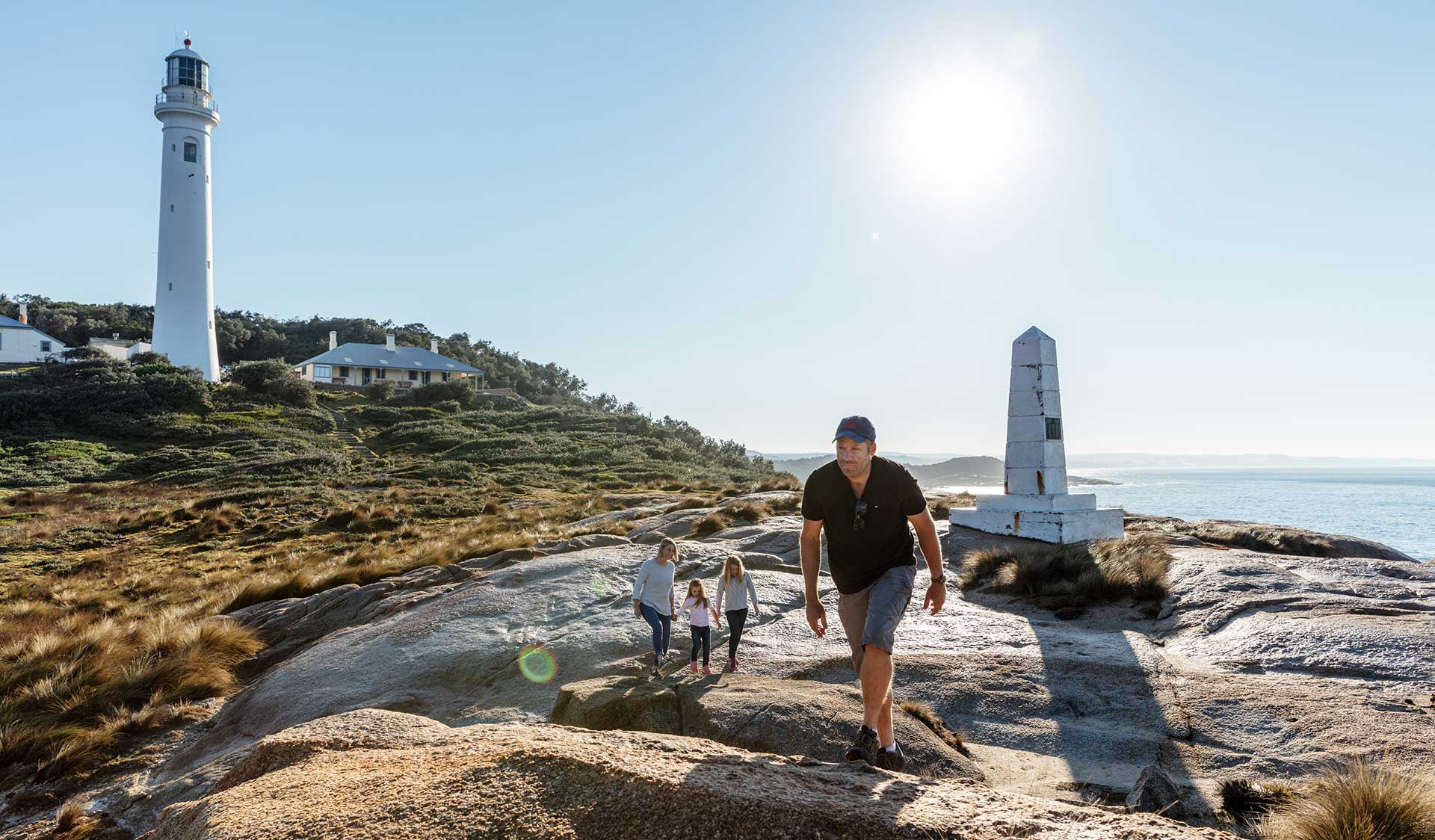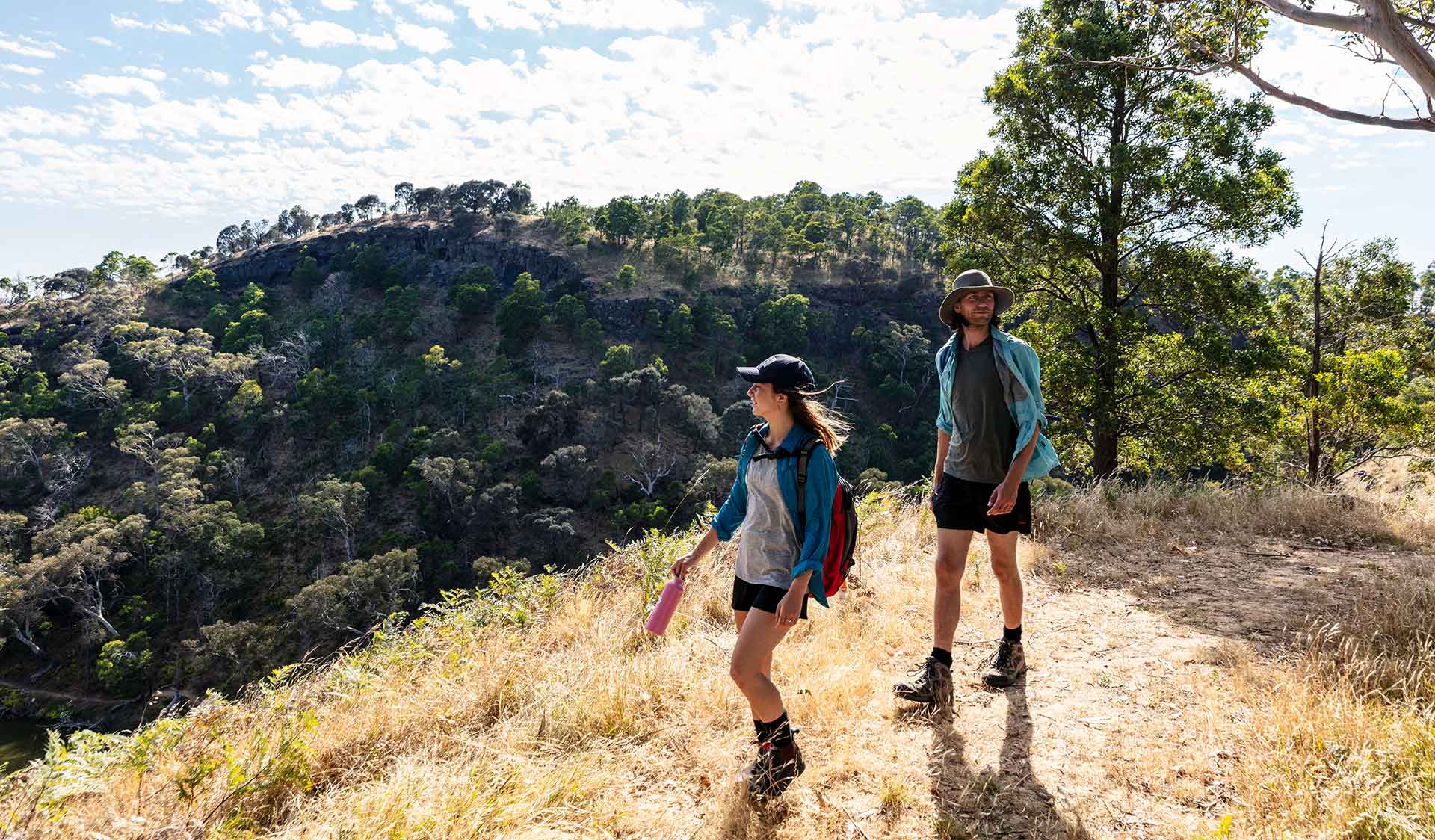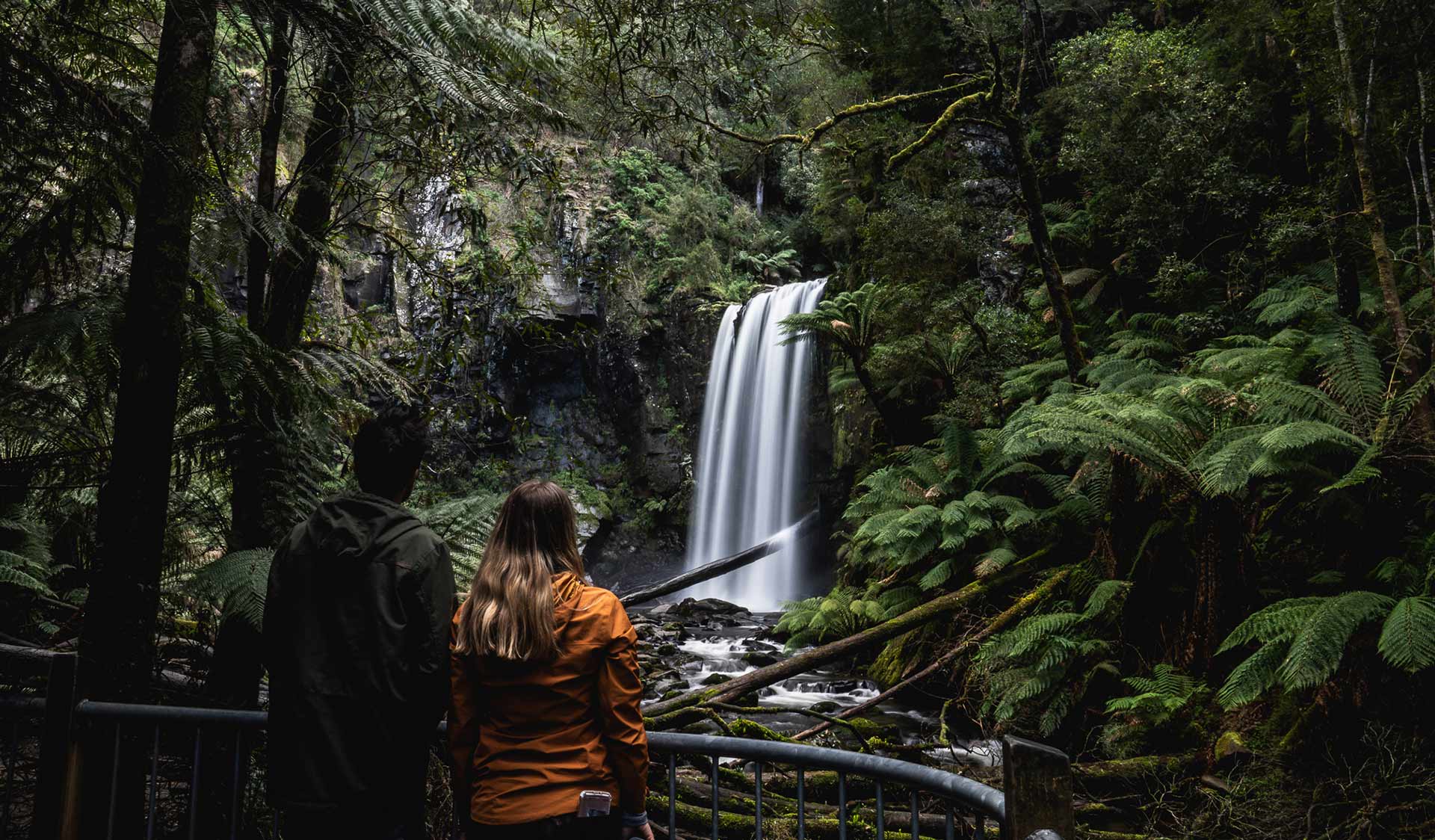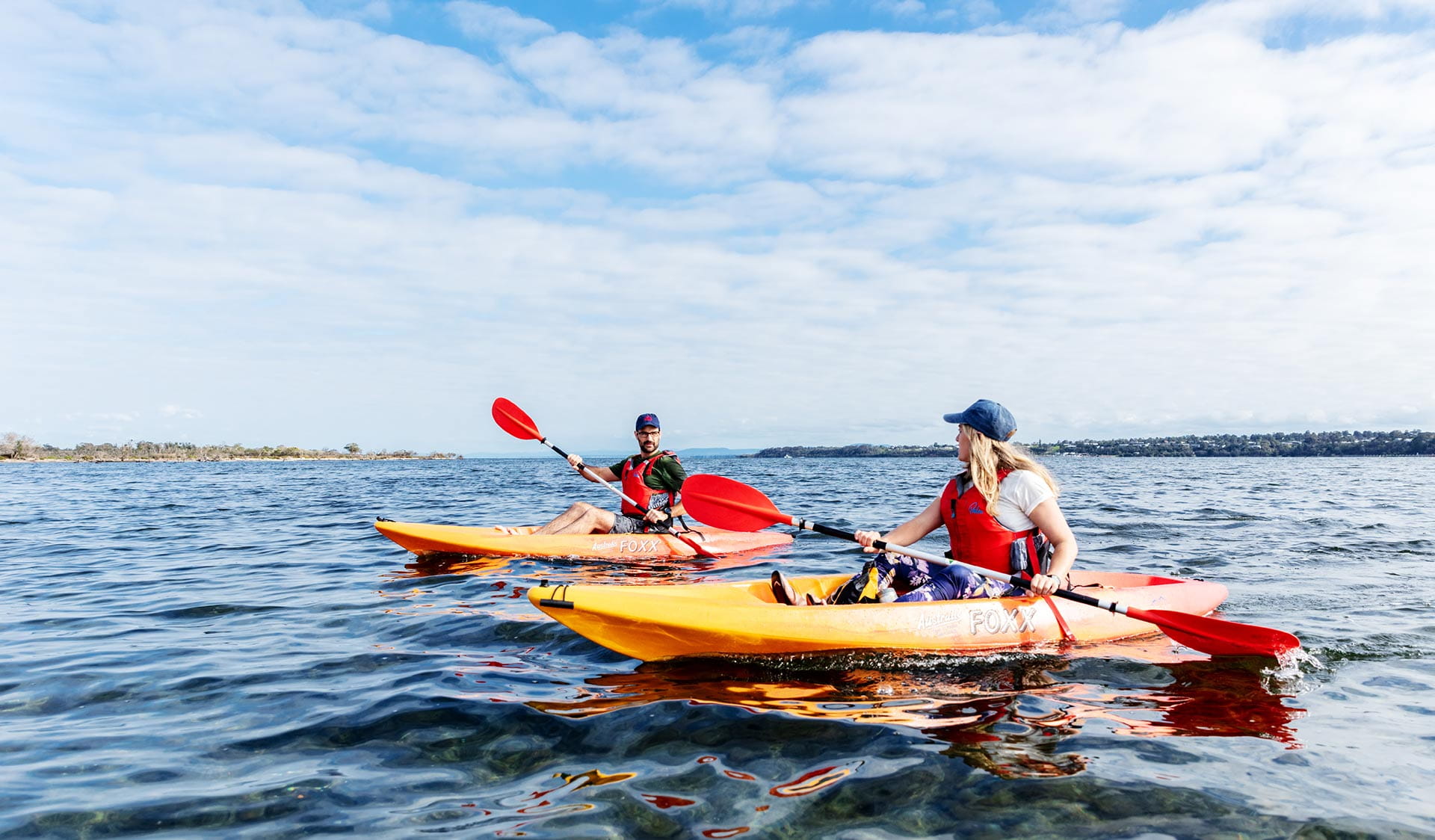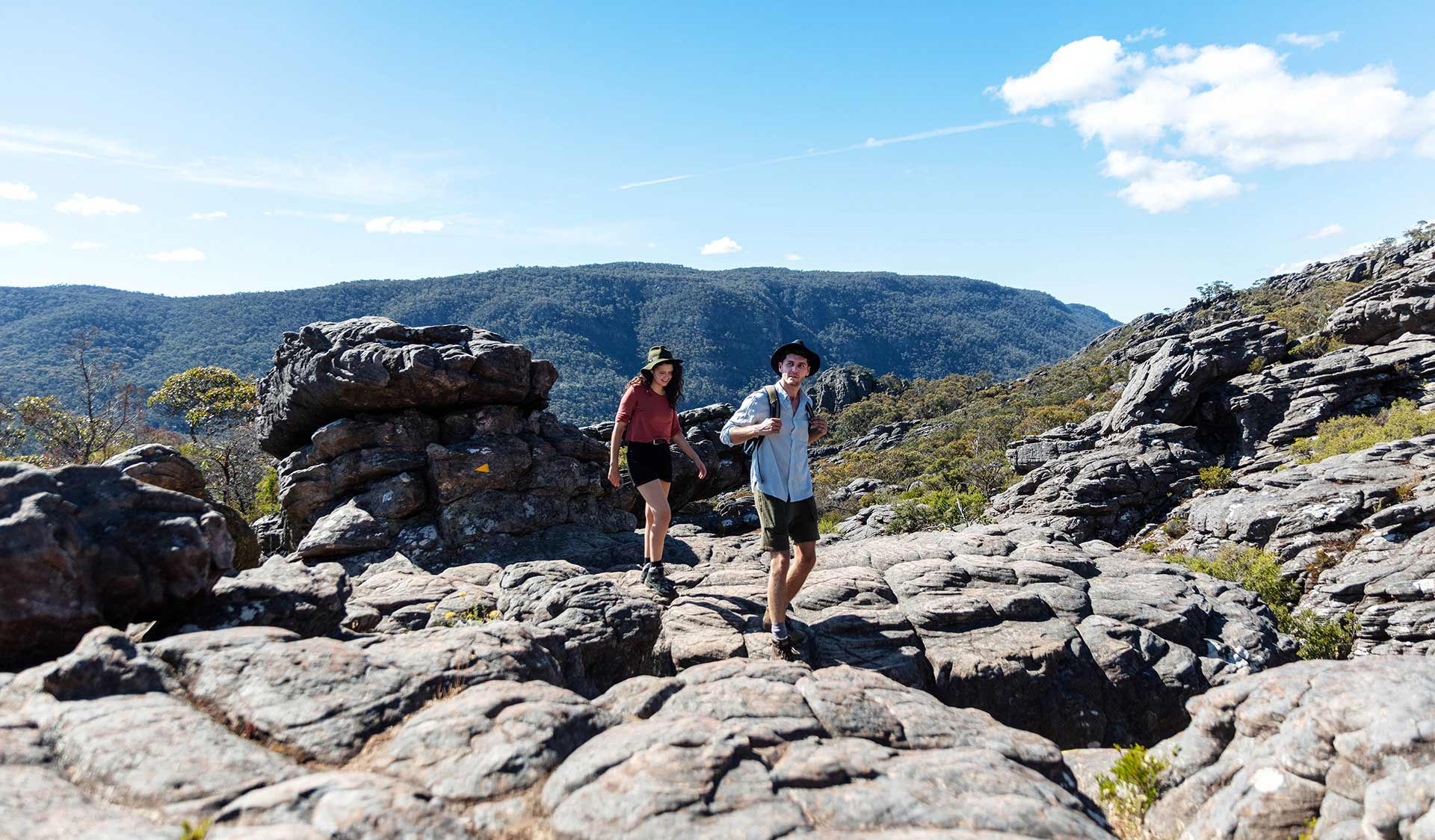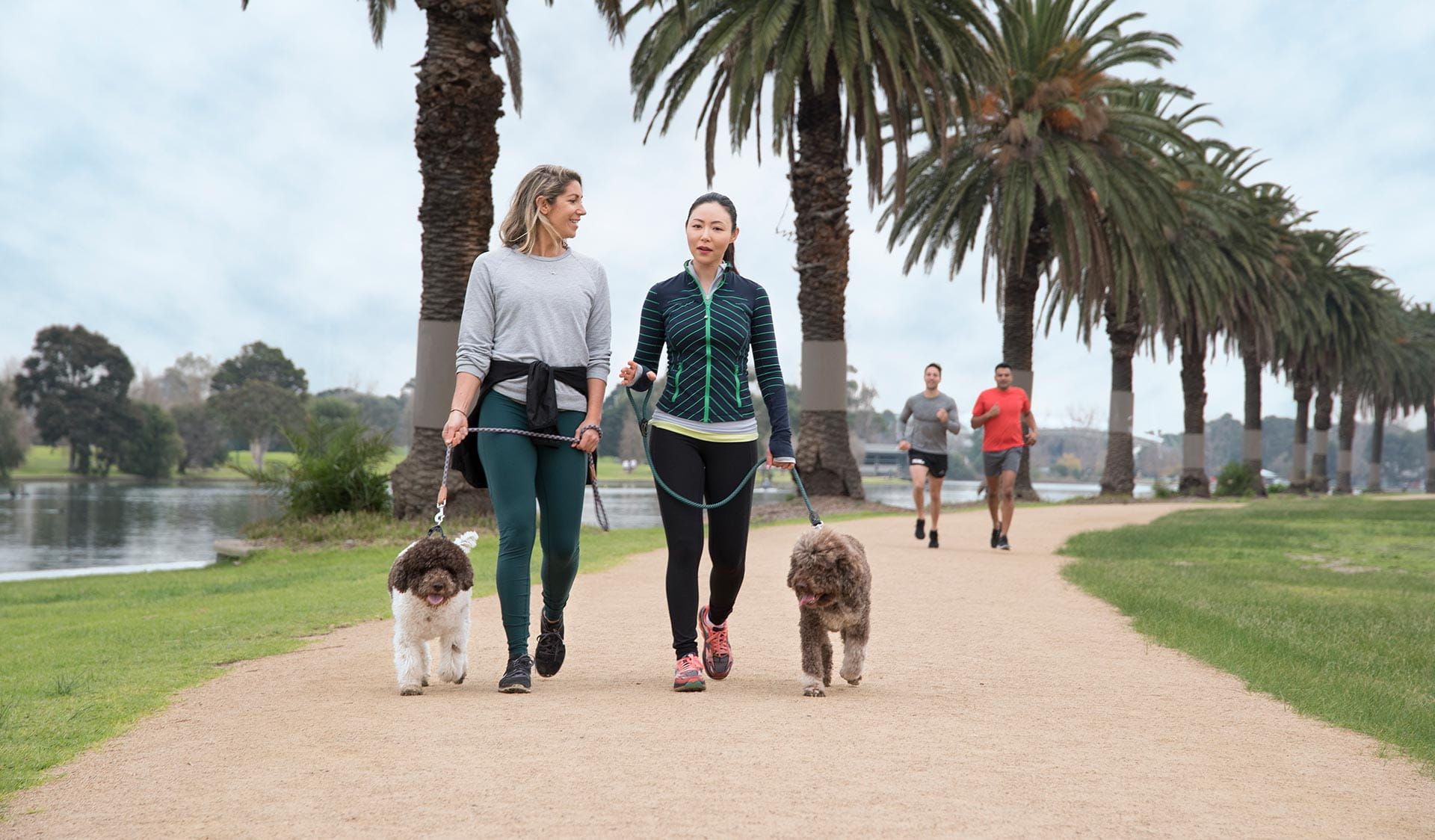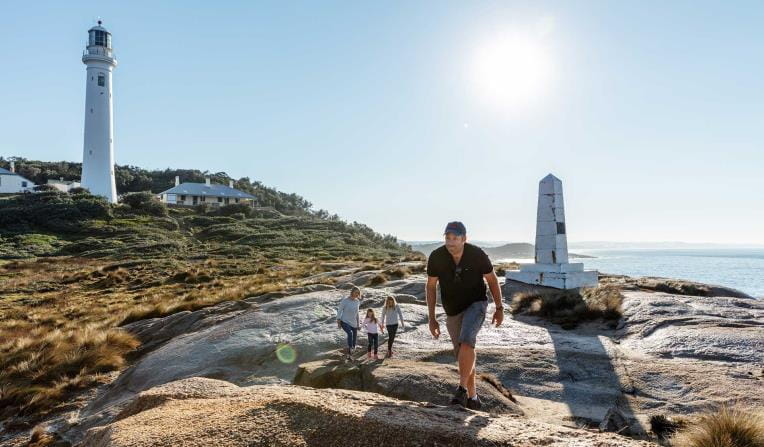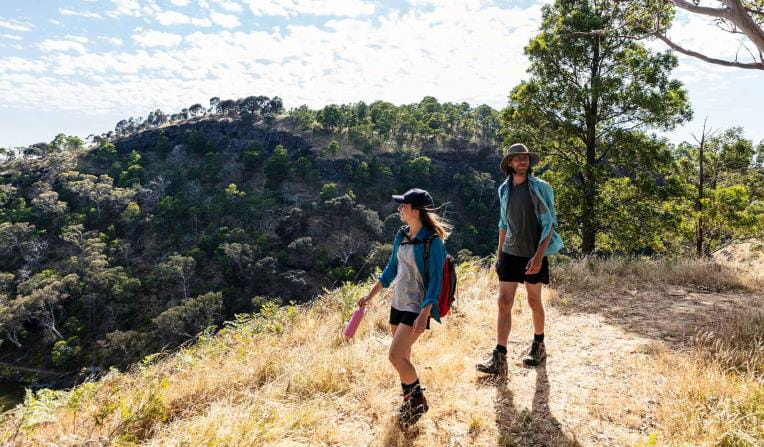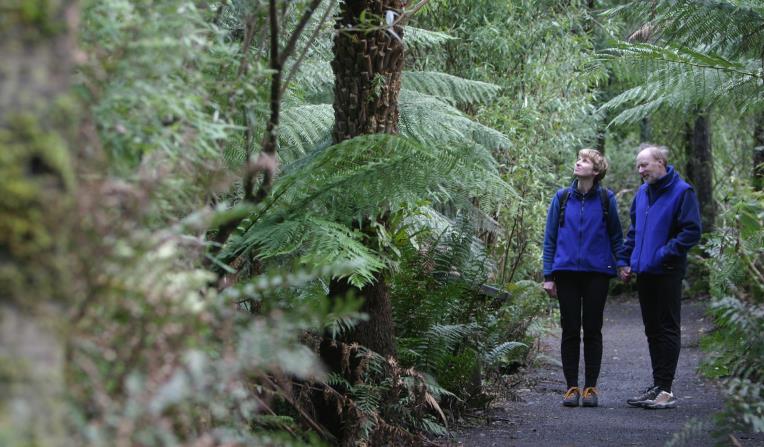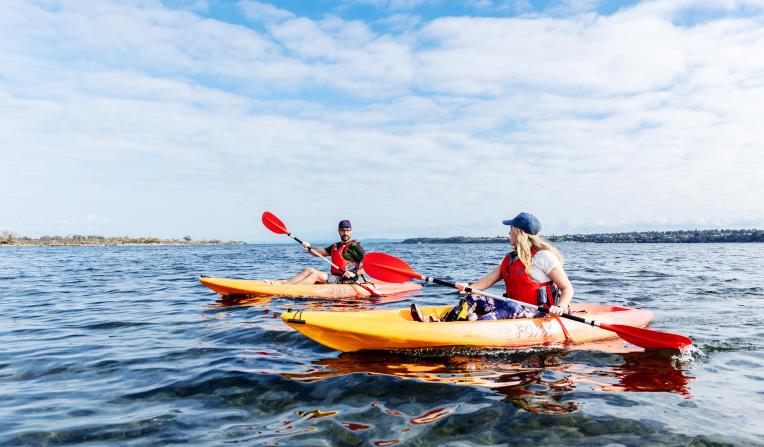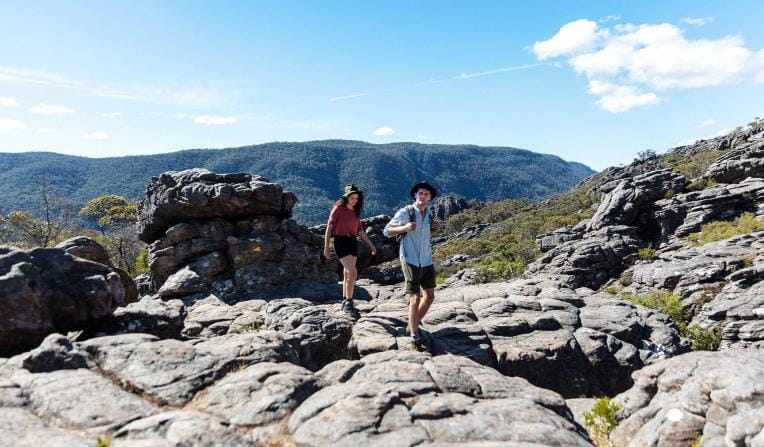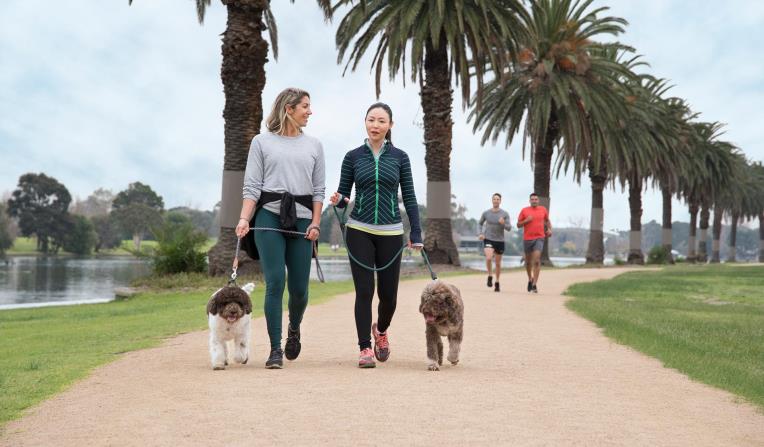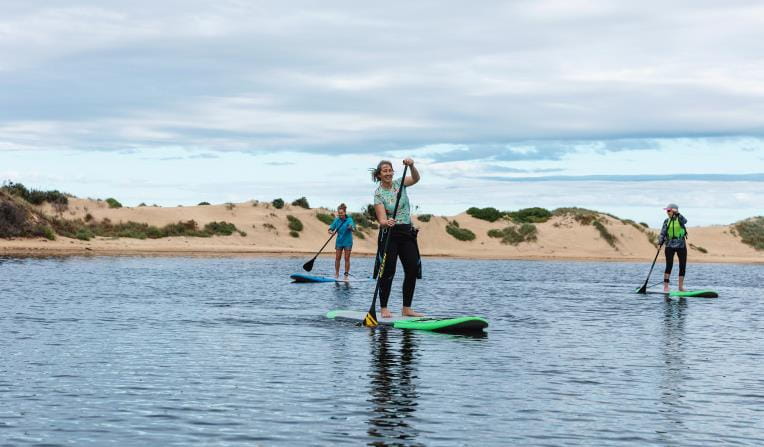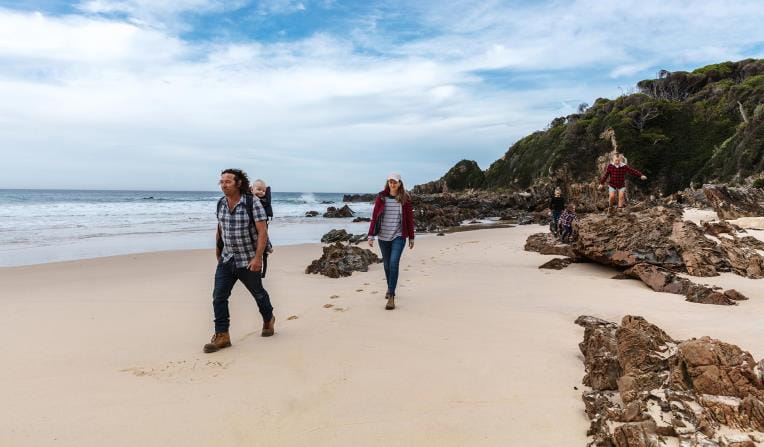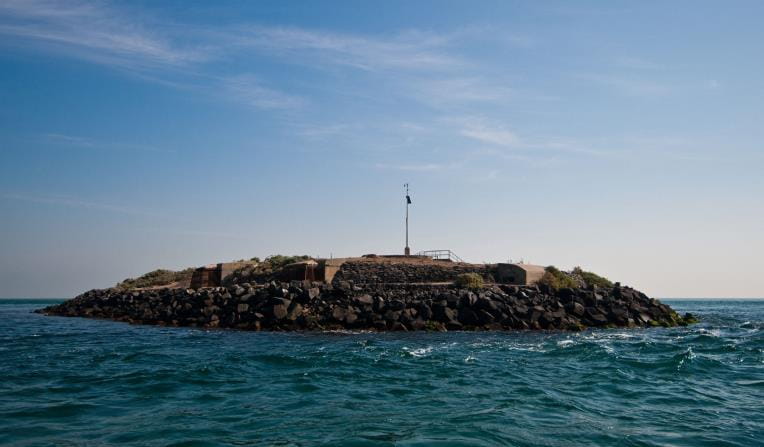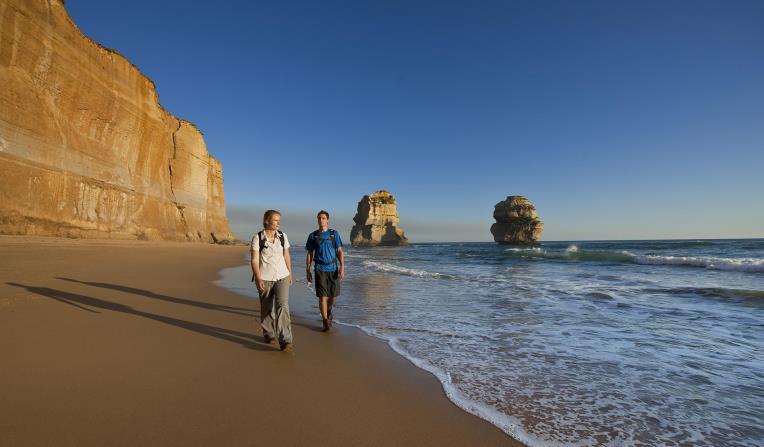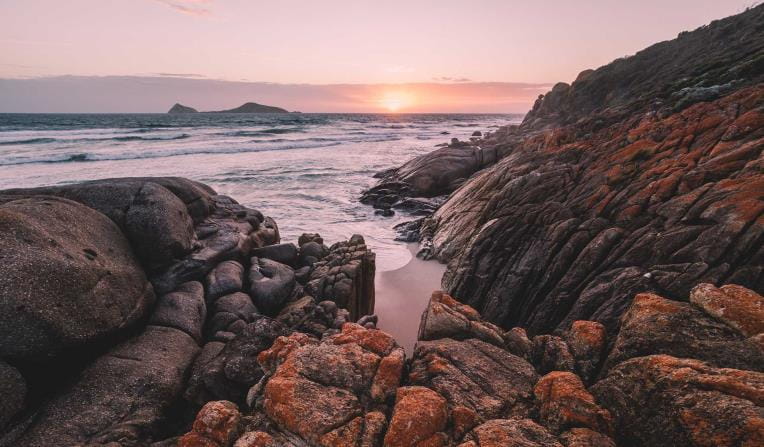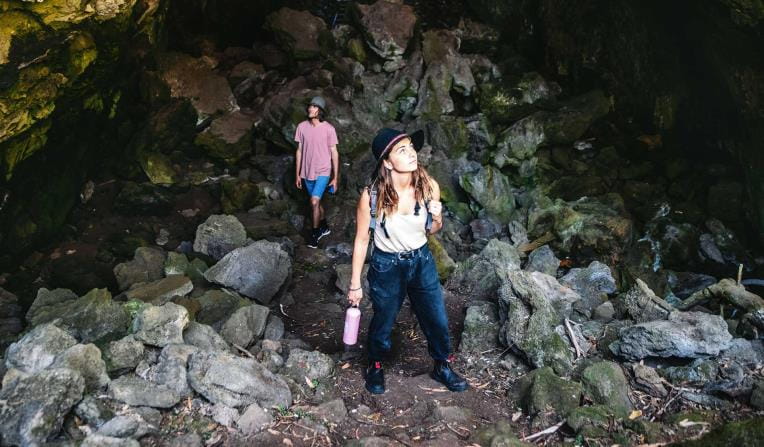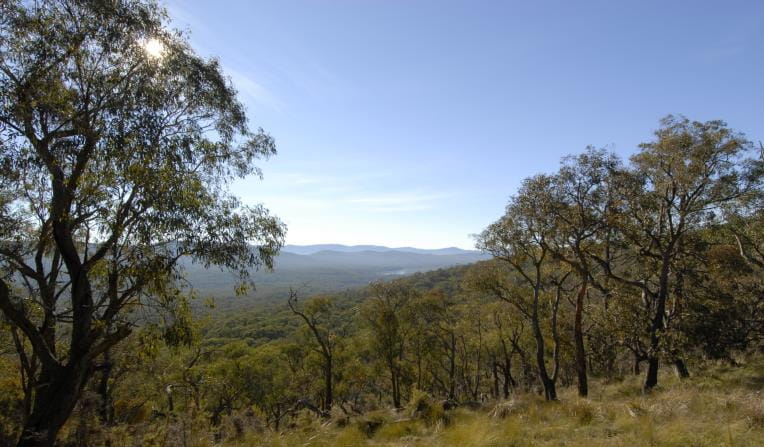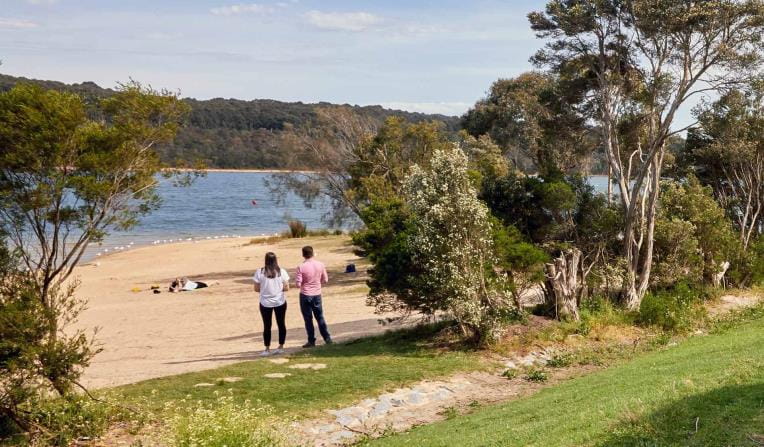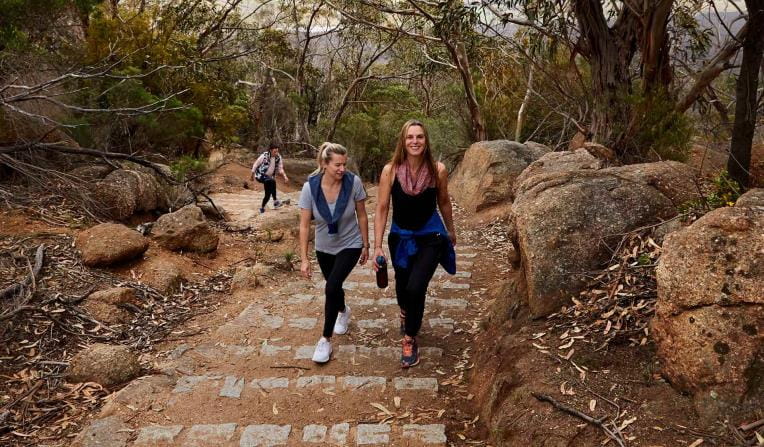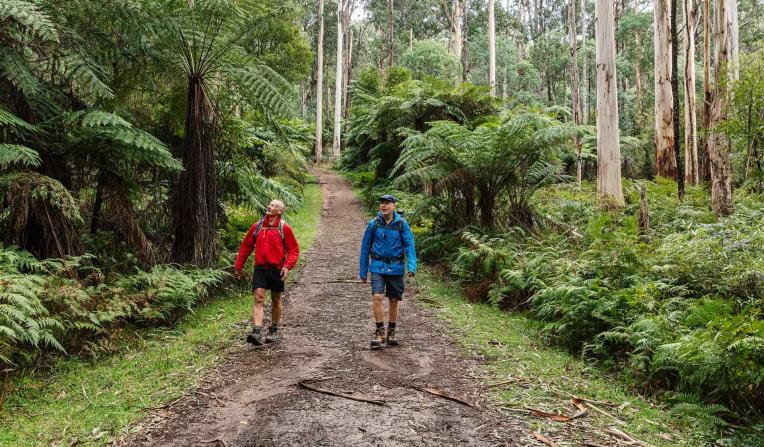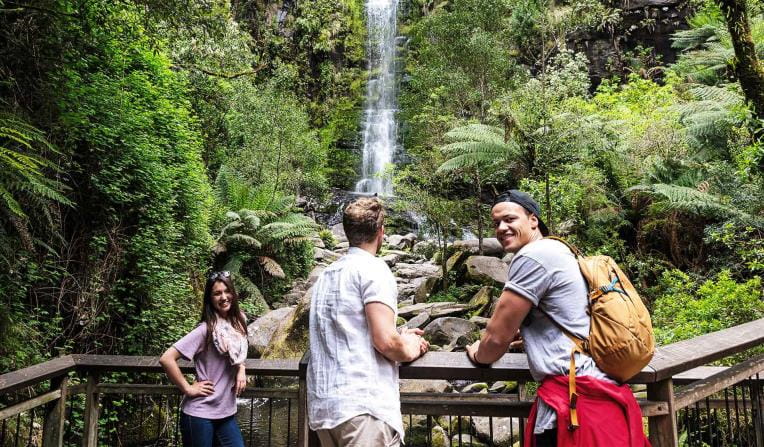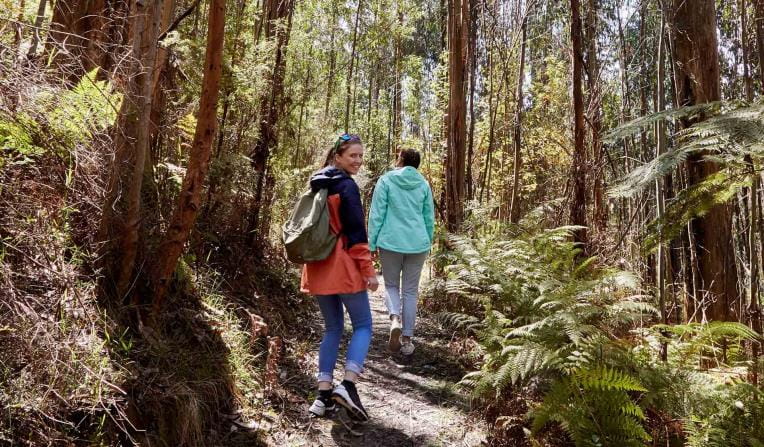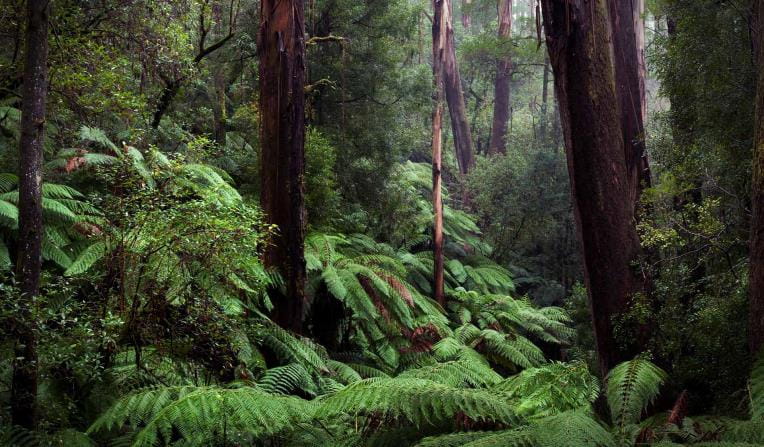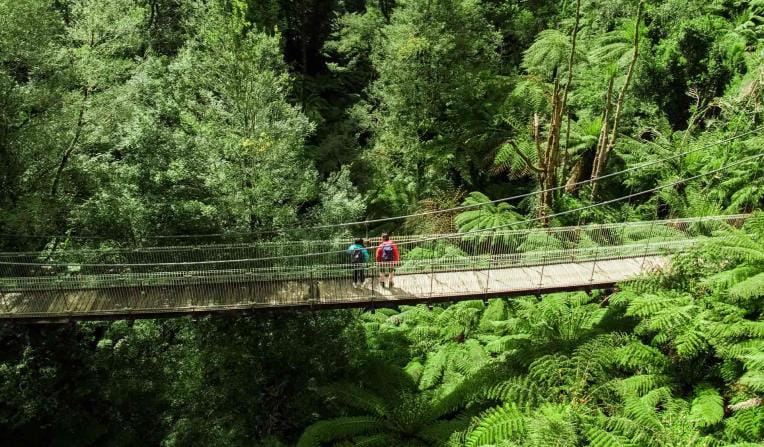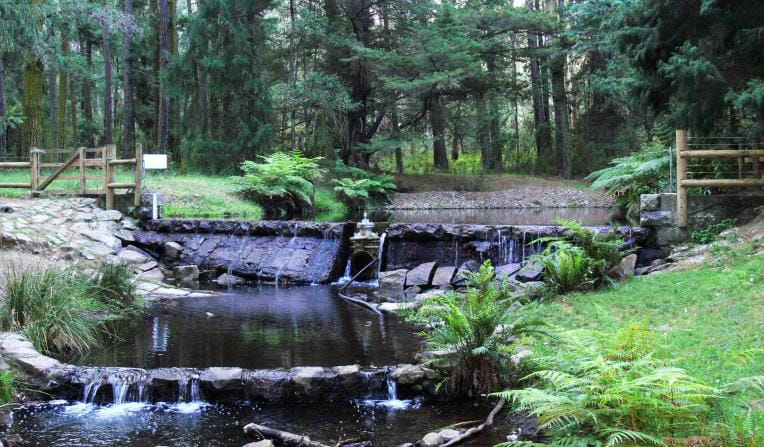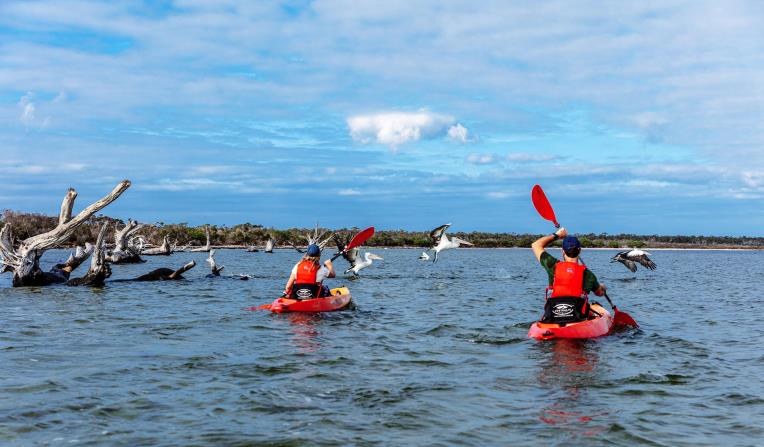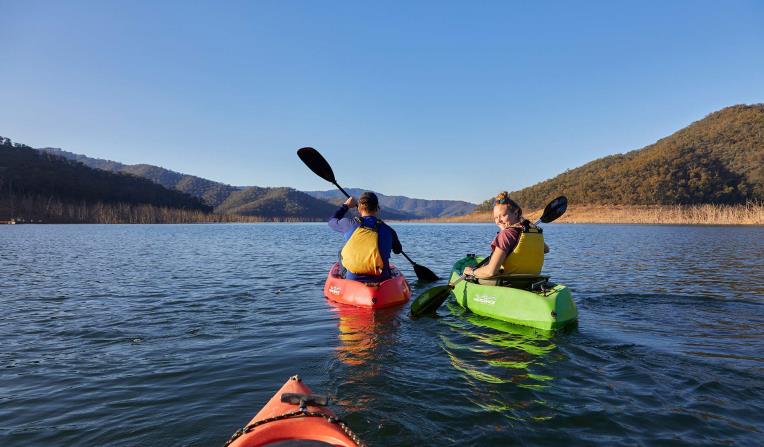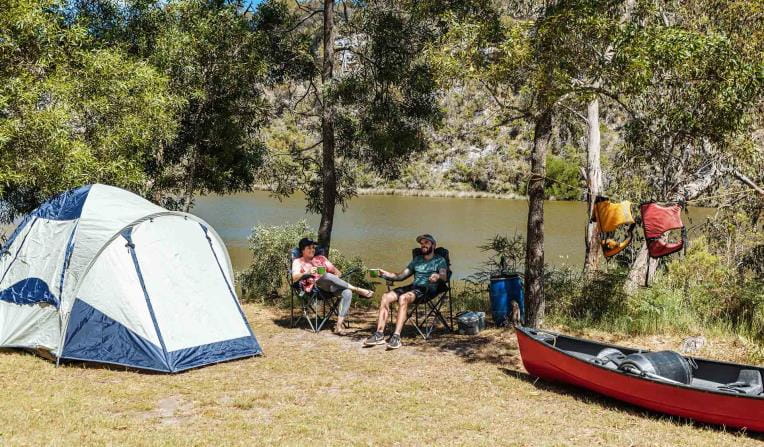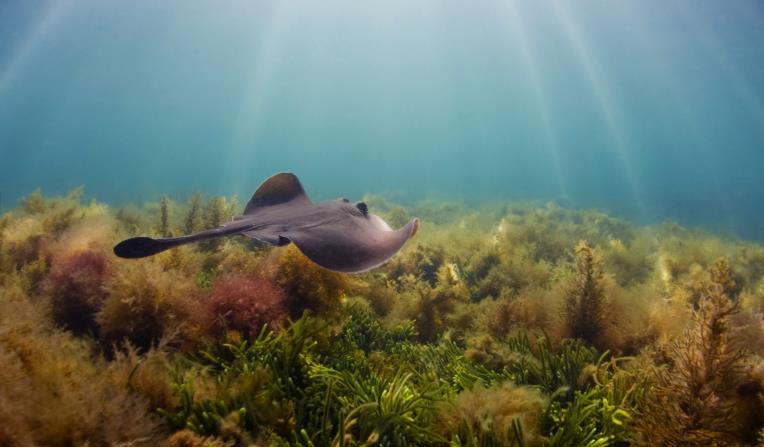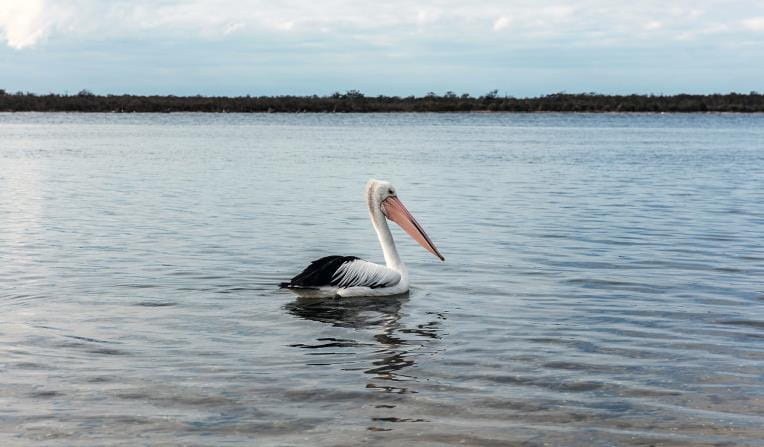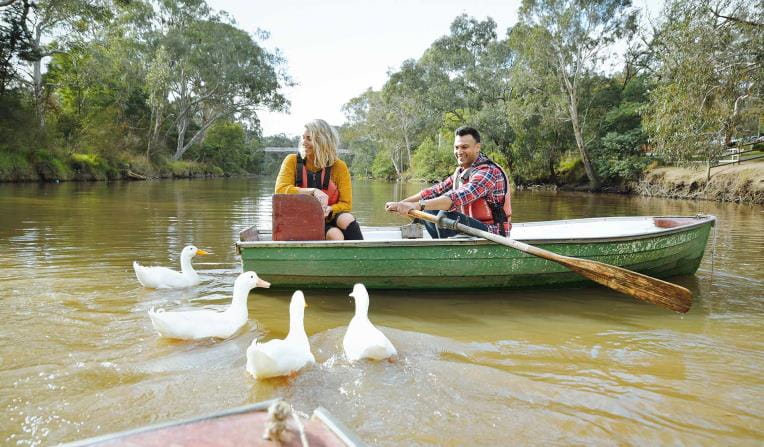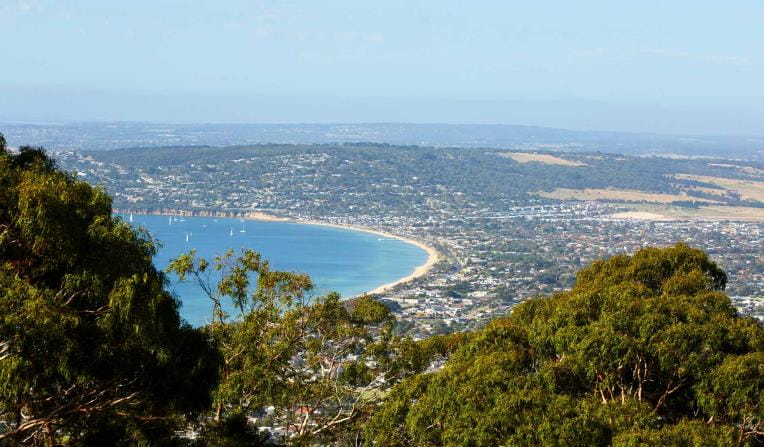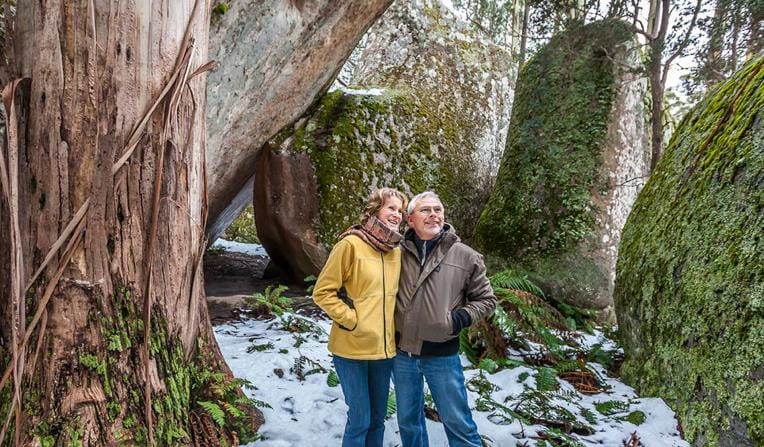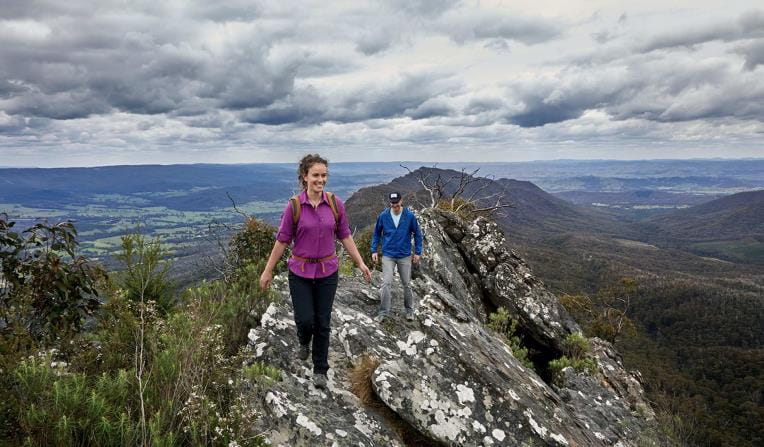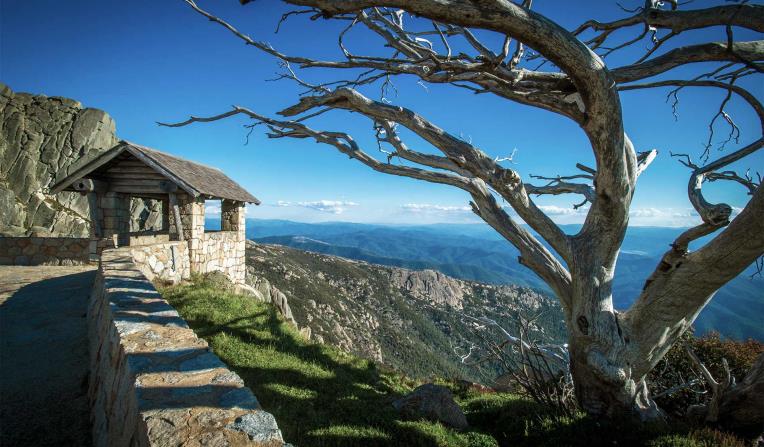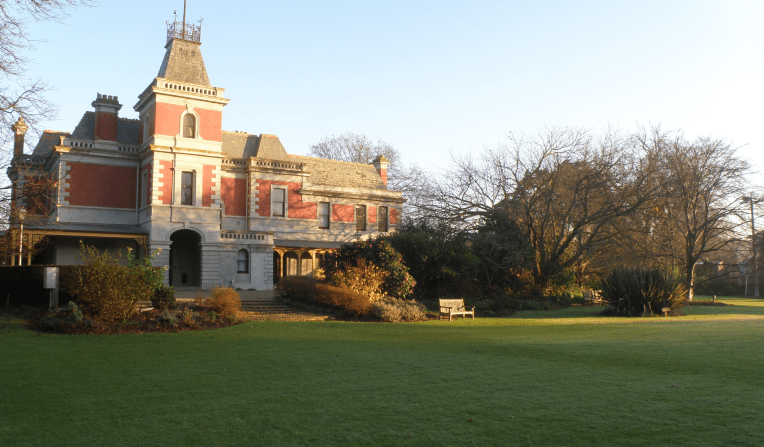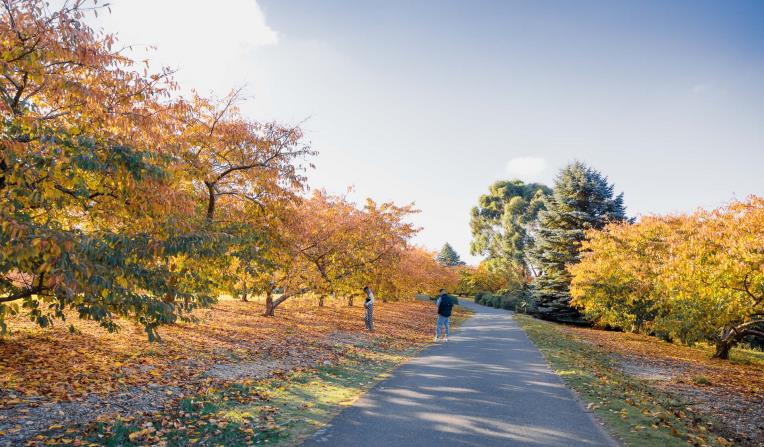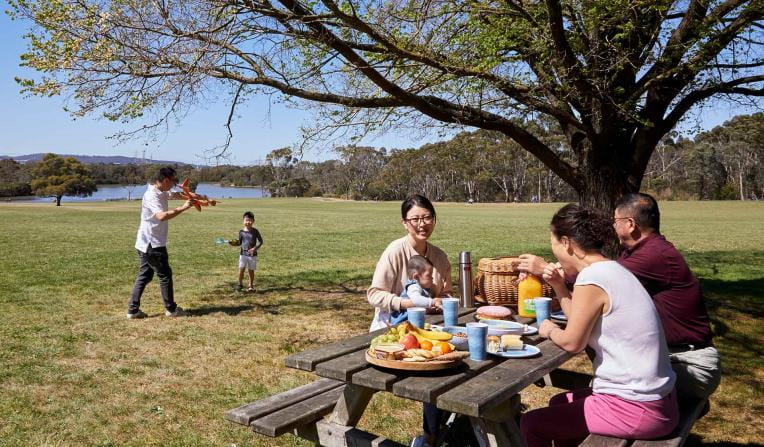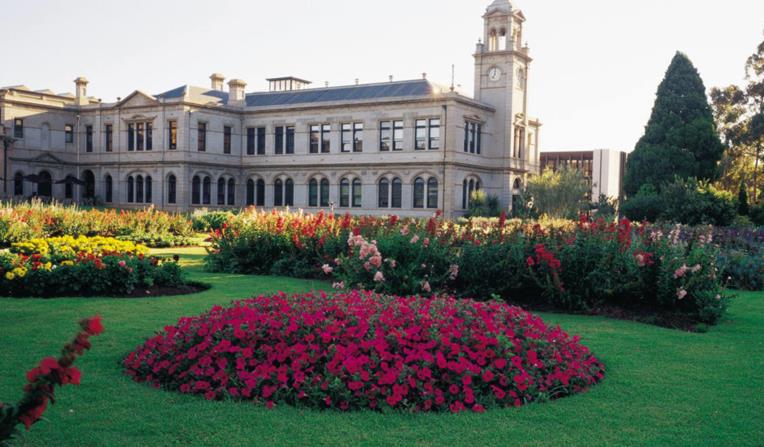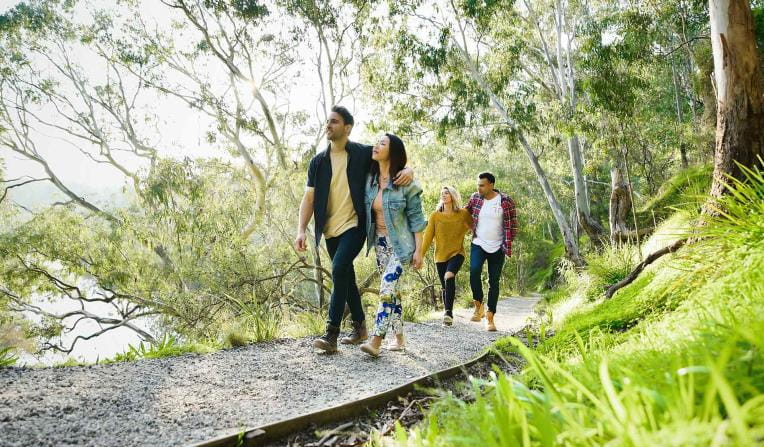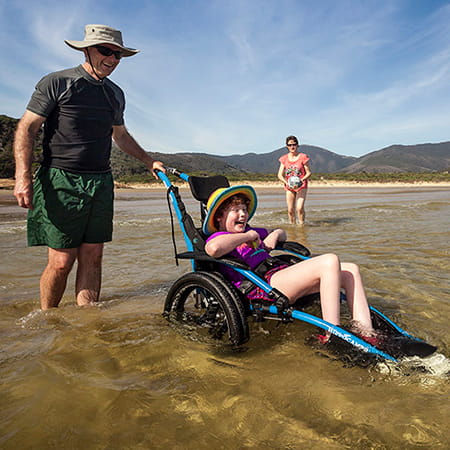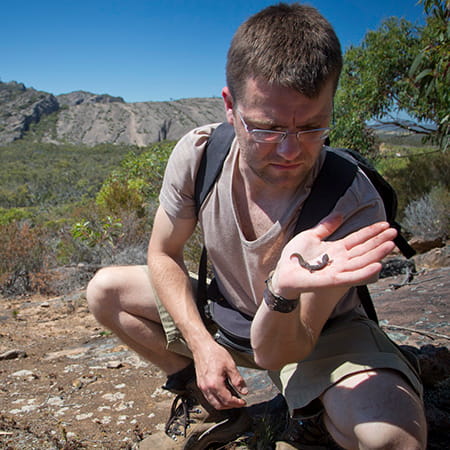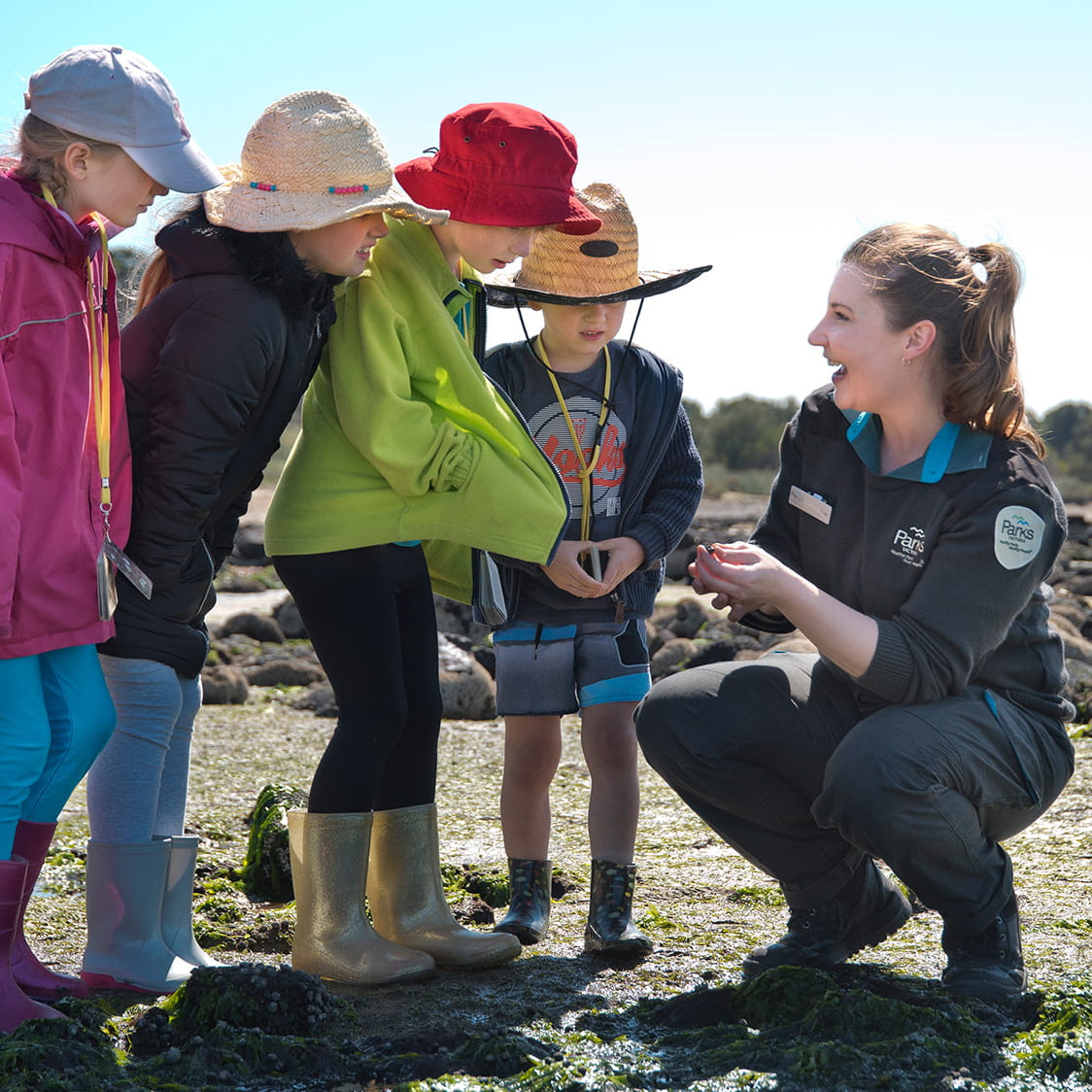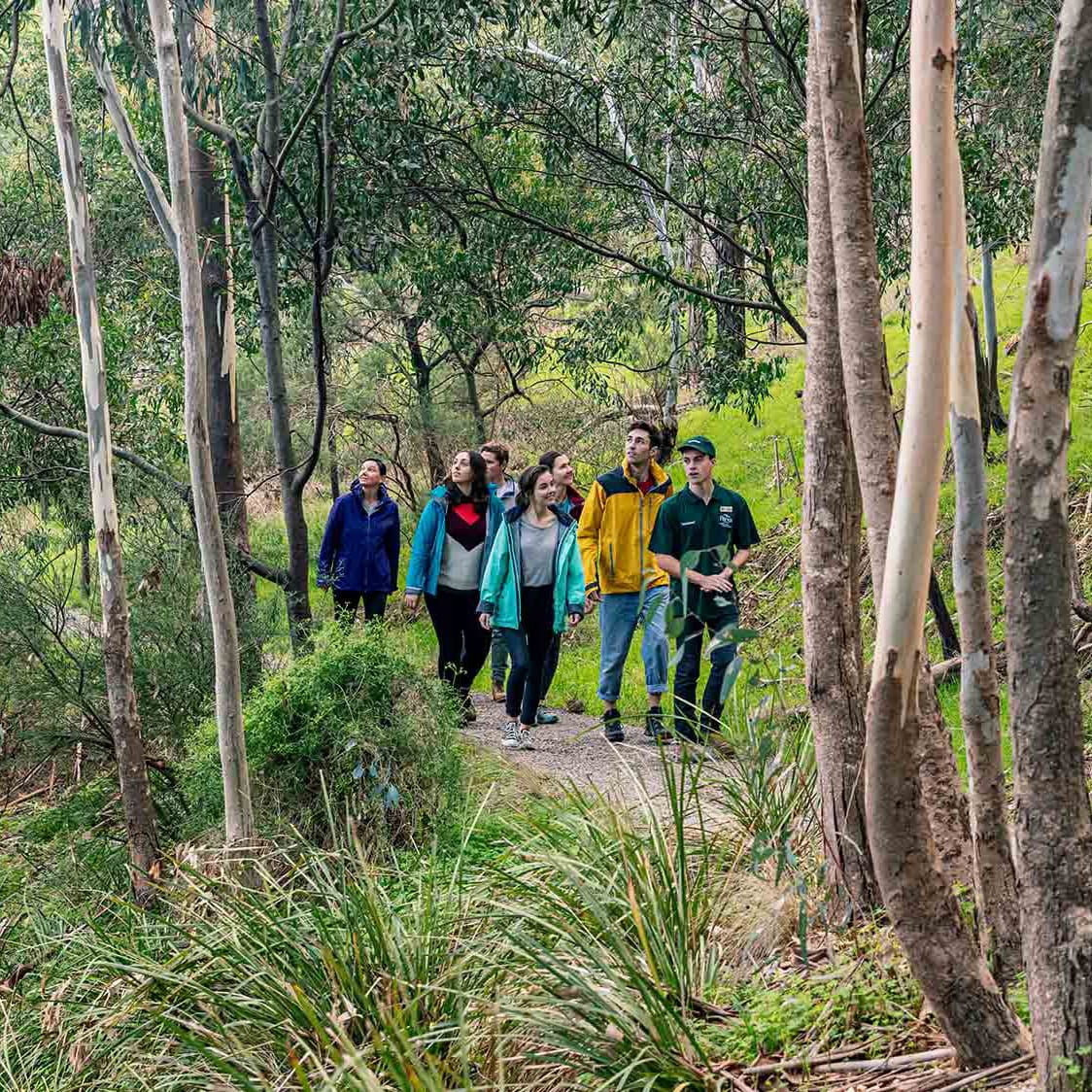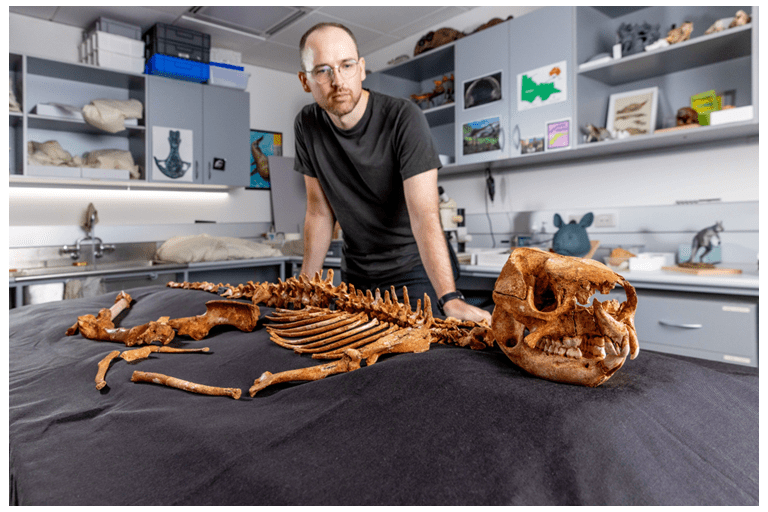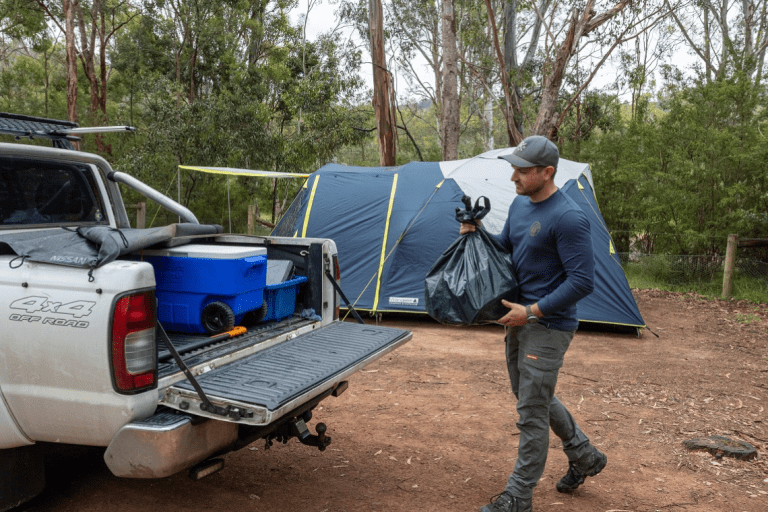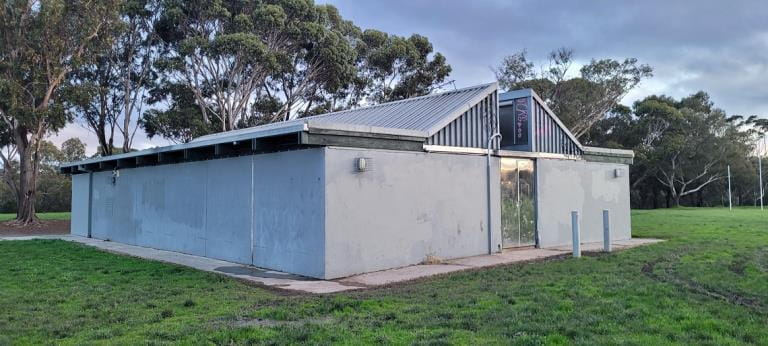Popular experiences
Beaches and Coasts
 Rugged Bushlands
Rugged Bushlands
 Tall Forests
Tall Forests
 Bays, Lakes and Rivers
Bays, Lakes and Rivers
 Mountain Peaks
Mountain Peaks
 Urban Parks
Urban Parks

 Rugged Bushlands
Rugged Bushlands
 Tall Forests
Tall Forests
 Bays, Lakes and Rivers
Bays, Lakes and Rivers
 Mountain Peaks
Mountain Peaks
 Urban Parks
Urban Parks

Beaches and Coasts
Venture out along Victoria's dramatic coastline and explore one of the most biodiverse and unique marine ecosystems in the world.Rugged Bushlands
Escape to virtual isolation in open, dry forests and woodlands, dry and semi-dry arid deserts or grassy plains abundant with wildflowers and wildlife.Tall Forests
Walk under grand canopies of Mountain Ash and through lush green tall forests. See ancient mossy trees and stand under magnificent waterfalls surrounded by giant ferns.Bays, Lakes and Rivers
Explore Victoria's parks from the water with a variety of inland river systems, ports made up of wide bays and stunning tranquil lakes.Mountain Peaks
Climb some of Australia’s most stunning mountain peaks, cross-country ski across alpine landscapes, escarpments and hike through grassy high plains.Urban Parks
Walk, jog, run or cycle in Melbourne’s picturesque urban parks. Pack a picnic or BBQ and lunch alfresco in nature or meander through picturesque gardens.Get into nature
News
50,000 year old kangaroo fossil uncovered in Gippsland
The powerful jaws of an extinct species of short-faced kangaroo have emerged from the dark depths of a cave on Gunaikurnai Country near Buchan in East Gippsland.
Planning a visit to a national park? Here’s your guide to responsible park exploration
With great experiences comes great responsibility. As visitors, we each have the power to be a champion for these irreplaceable ecosystems.
Deep Rock Pavilion gets a revamp
Sporting communities in Melbourne’s north can look forward to updated and more inclusive facilities at the Deep Rock sporting precinct, with draft designs developed for improvements at the pavilion in Yarra Bend Park.


